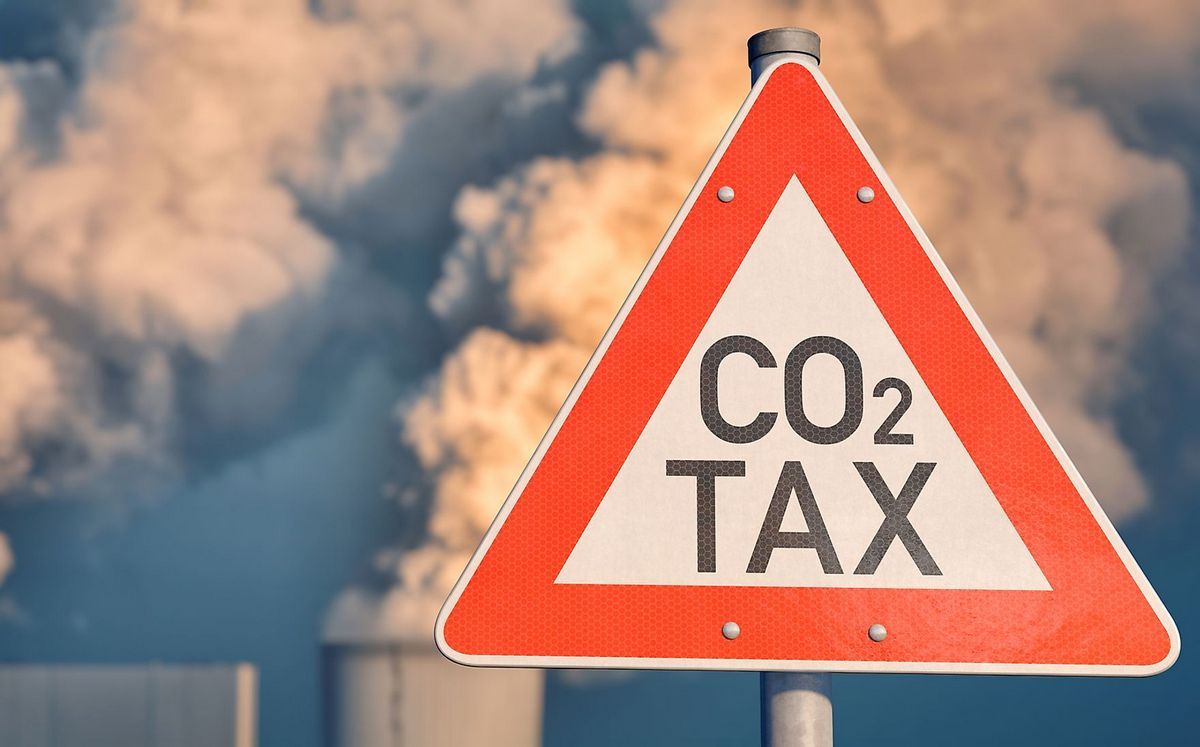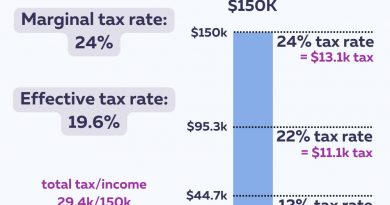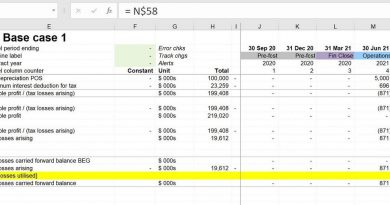What Is a Carbon Tax Basics Implementation Offsets

Contents
What Is a Carbon Tax: Basics, Implementation, Offsets
What Is a Carbon Tax?
A carbon tax is a penalty businesses must pay for excessive greenhouse gas emissions. The tax is levied per ton of emissions.
Carbon taxes have been implemented in 35 countries. The United States has not enacted a carbon tax, although proposals have been submitted to Congress.
Businesses and industries that produce carbon dioxide through their operations pay the tax. It is designed to encourage them to reduce their greenhouse gas emissions and carbon dioxide output.
Key Takeaways
- A carbon tax is a fee imposed on businesses and individuals as a sort of "pollution tax."
- The tax is imposed on companies that burn carbon-based fuels, including coal, oil, gasoline, and natural gas.
- Burning these fuels produces greenhouse gases, such as carbon dioxide and methane, which cause global warming.
- A carbon tax reduces emissions by making it more expensive to use carbon-based fuels, incentivizing companies to become more energy-efficient.
- It would also increase the costs of gasoline and electricity, encouraging consumers to switch to clean energy.
- There is currently no carbon tax in the United States.
Understanding the Carbon Tax
A carbon tax mitigates or removes the negative externalities of carbon emissions. It is a type of Pigouvian tax imposed on activities causing adverse side effects for society.
Government Regulation
A carbon tax, also referred to as carbon pricing, sets a fixed price for carbon emissions in certain sectors. By increasing the cost of emissions, governments aim to reduce consumption of fossil fuels and encourage environmentally-friendly alternatives.
A carbon tax allows governments to exert control over emissions without controlling production and services.
Implementing a Carbon Tax
In a carbon tax regime, carbon in manufactured products is usually not taxed until released into the atmosphere. The tax is levied during the upstream process when extracting fuel or gas from the Earth. Producers can pass on the tax to the market. This gives consumers a chance to reduce their carbon footprints.
Examples of Carbon Taxes
Carbon taxes have been implemented in countries worldwide. They typically involve a rate of taxation per ton of hydrocarbon fuel used. Finland implemented the first carbon tax in 1990. As of April 2021, it stood at $73.02 per ton of carbon. Sweden and Norway followed in 1991, with Norway having one of the most stringent taxes at $69.00 per ton of CO2 used in gasoline.
The United States has not enacted a carbon tax.
Carbon Tax Offsets
Carbon tax offsets have a direct effect on the net carbon impact of individuals and companies. Non-profits use the funds to reduce greenhouse gases in the atmosphere.
Offsets are purchased to lower a carbon tax on a company or claim carbon neutrality. They are popular because they are often more cost-effective than changing machinery or manufacturing processes.
Failed Carbon Taxes
Australia’s attempt at a carbon tax from 2012-2014 failed. The tax did not gain support from the Labor Party or the Liberals, and it was repealed in 2014. Carbon taxes remain controversial in efforts to combat climate change.



